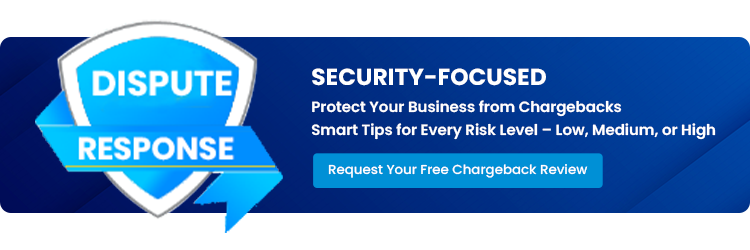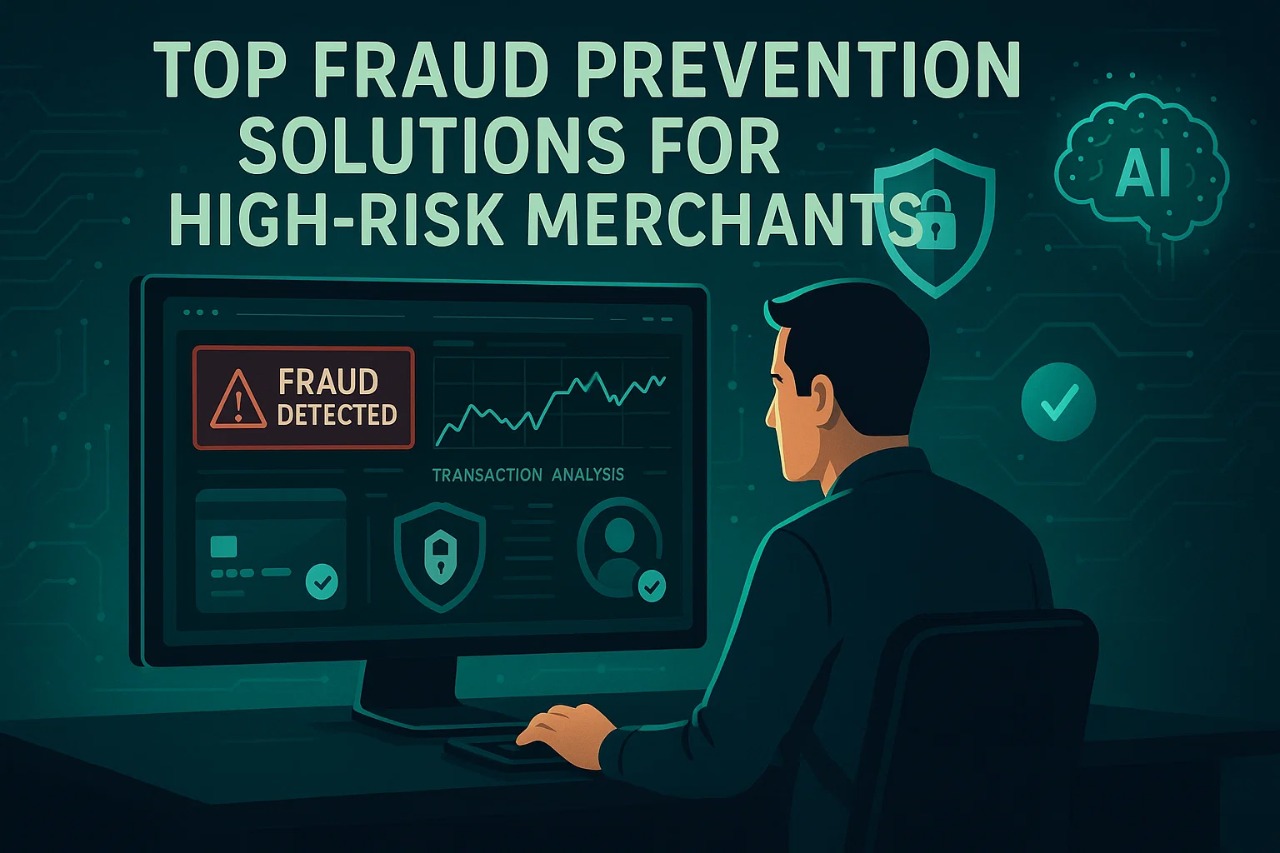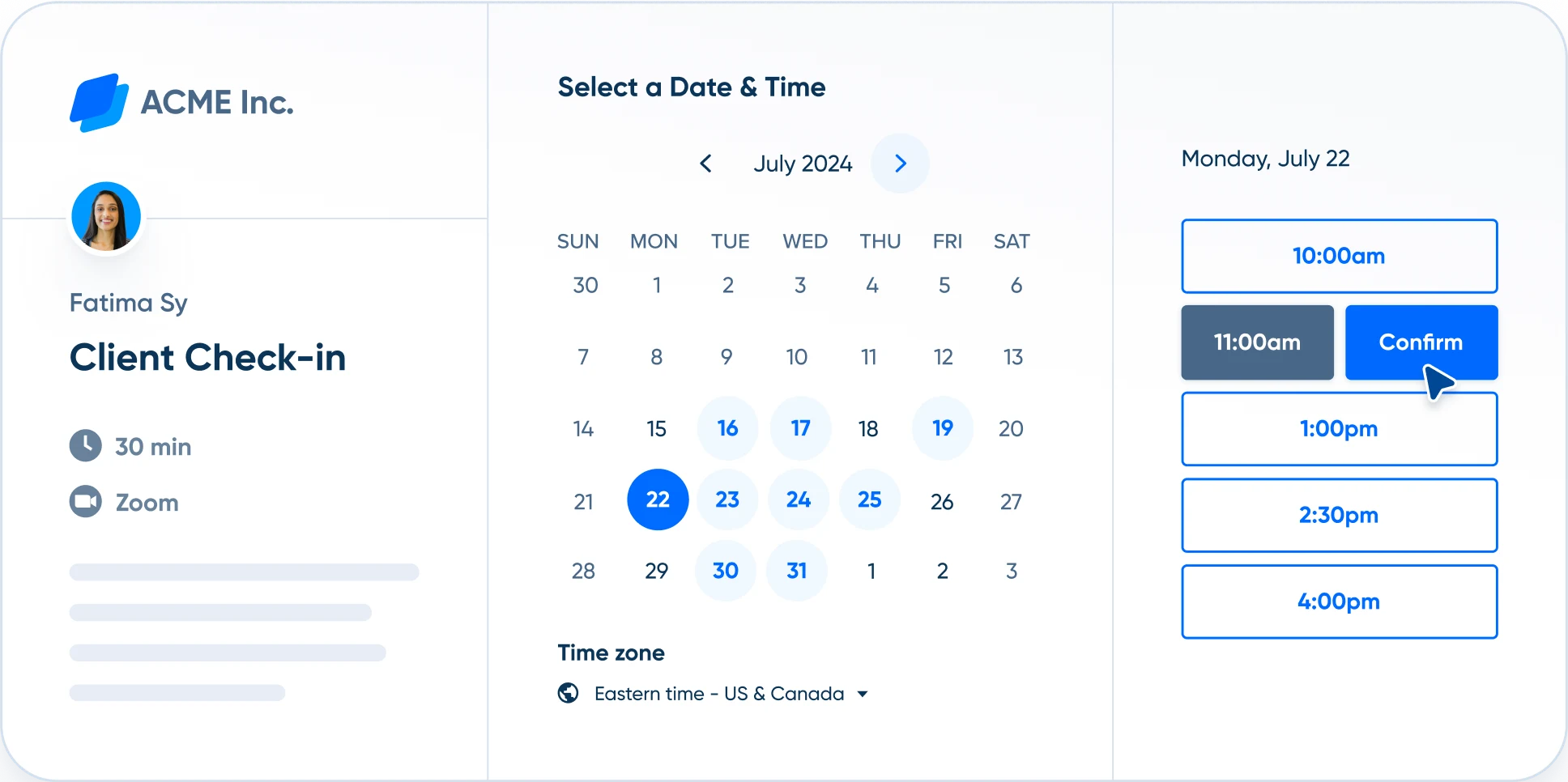Chargeback Management Services - Dispute Response Jun/ 29/ 2025 | 0
Fraud prevention is a critical aspect for businesses in high-risk industries, especially when it comes to safeguarding against chargebacks and other fraudulent activities. As the digital marketplace evolves, the need for robust protection against fraud has never been more important. In this post, we’ll explore some of the most effective fraud prevention solutions that high-risk merchants can implement to mitigate risks and protect their business.
1. Chargeback Prevention Tools
Chargebacks are a major concern for high-risk merchants. Implementing chargeback prevention tools like Ethoca and Verifi can help reduce chargeback rates. These tools enable merchants to receive alerts about chargeback disputes before they escalate, allowing them to take proactive steps to resolve issues and prevent chargebacks from affecting their bottom line.
2. AI-Based Fraud Detection
Artificial intelligence (AI) is revolutionizing fraud prevention. Machine learning algorithms can analyze transaction patterns and identify anomalies in real time. AI-based systems can help detect suspicious transactions before they are processed, significantly reducing fraud risk. High-risk merchants can benefit from AI tools like Sift Science and Kount to automate fraud detection and prevention.
3. Multi-Factor Authentication (MFA)
Multi-factor authentication adds an additional layer of security to transactions. By requiring users to provide more than just a password—such as a one-time passcode or biometric verification—MFA makes it much harder for fraudsters to access sensitive account information. High-risk merchants can integrate MFA into their checkout process to enhance transaction security.
4. Tokenization
Tokenization replaces sensitive credit card information with unique tokens, ensuring that customer data remains protected during transactions. High-risk merchants can implement tokenization to minimize the risk of data breaches and protect customer trust. By encrypting sensitive payment information, tokenization ensures that even if data is intercepted, it cannot be used for fraud.
5. Address Verification System (AVS)
AVS helps verify the billing address provided by the cardholder to the one on file with the issuing bank. This tool is essential for detecting fraudulent transactions. High-risk merchants can reduce fraud by integrating AVS into their payment gateways, as it provides an additional check on the legitimacy of a transaction.
6. Fraud Prevention Software
Several fraud prevention software solutions cater specifically to high-risk merchants. Platforms like Signifyd and FraudLabs Pro offer comprehensive protection, leveraging machine learning, risk scoring, and global transaction data to detect and prevent fraud. These solutions offer customizable settings to meet the unique needs of high-risk businesses.
7. Real-Time Transaction Monitoring
High-risk merchants need to monitor transactions in real time to detect potential fraudulent activities. Real-time monitoring allows businesses to act immediately to block suspicious transactions before they proceed. Many fraud prevention platforms offer this feature, allowing merchants to review transactions as they happen and make swift decisions.
8. Strong Customer Authentication (SCA)
SCA is a regulatory requirement for EU-based merchants but is also highly recommended for businesses in the USA to comply with global payment standards. It ensures that customers undergo multiple layers of verification before completing a transaction. By implementing SCA, high-risk merchants can increase their security posture and build consumer confidence.

Email us anytime!
Email customer service 24/7

Call us anytime!
Reach customer care 24/7 at +1 (888) 927-5152
Conclusion
Protecting your business from fraud is an ongoing challenge, especially for high-risk merchants. By implementing a combination of chargeback prevention tools, AI-based fraud detection, MFA, tokenization, and other advanced solutions, you can significantly reduce the risk of fraud and safeguard your business’s reputation. Stay up to date with the latest fraud prevention strategies to ensure your business remains protected in 2025 and beyond.


